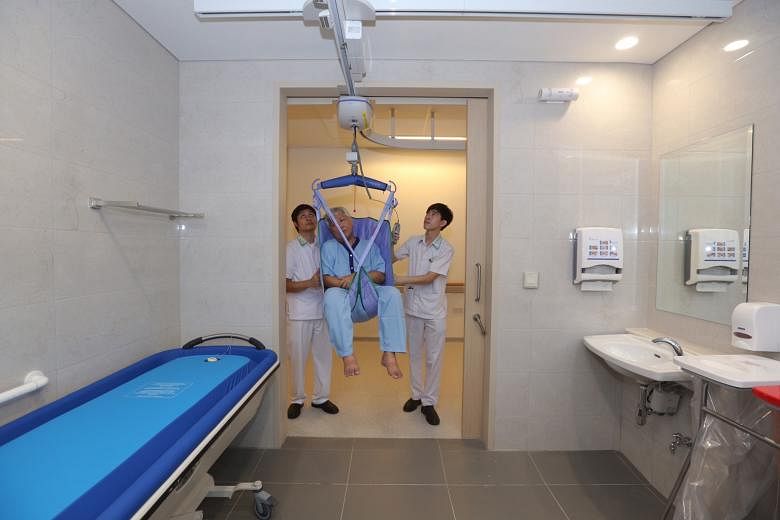Q. What are the manpower challenges associated with the future of healthcare in Singapore?
LOH: We need to build leaders for the future of healthcare in three spaces. First, we need people who are very good clinically. Second, we need good managers who are able to coordinate care well and use technologies cleverly. And finally, we need people who can educate the others. The ability to provide step-down care in lower-cost facilities requires that the clinical capabilities in those facilities are better.
THANA: This manpower challenge is really dire and, in the future, it'll be even worse because many of our current generation are not coming into healthcare. We are short of nurses and therapists. In European countries, they have doctor-nurses, so people don't have to go to a GP. These doctor- nurses are very specialised in primary care and it costs much less.
NG: The recognition is important because of the label that they have currently. Remember there was even a White Paper where nurses were actually classified as manual workers, blue-collar?
SALMA: I question whether we really need more nurses. We can remove a lot of things that nurses currently do, that are not really nursing. In the past, you used to have two to three nurses bathe a heavy patient. Now they have hoists, so you need only one. And even then, this can be done by somebody else who is trained to do that.
THANA: Agree. I brought up the point on practising at the top of one's licence, because it means you can do much better than what you are doing now in a clinical setting. There are hospitals that have done trials on sponging patients, and they have these basic care assistants who are trained for that task. We can hire mid-career people or retirees to come and do this. Even better if you can get automated sponging!
SALMA: So you actually need to increase nurses' productivity by removing the less productive work. And then you can afford to pay them more.
LOH: If you look at a day in the work of a nurse, it is not uncommon to find that up to 10 per cent of a nurse's time is spent looking for things - keys and bedsheets, the necessary instruments to draw blood from the patient. It is the onus of good managers in healthcare to look at the process and see how the process can be redesigned such that the non-productive time is reduced to a minimum. If I can take out just 10 per cent of a nurse's time that is spent doing those things, and if I have a workforce of 1,000 nurses, I've freed up 100 nurses!

